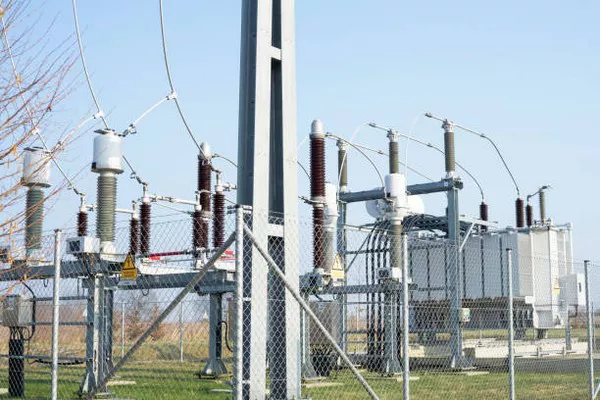Transformers are vital components in the field of electrical engineering, playing a crucial role in the transmission and distribution of electrical power. One of their key functions is to alter the voltage levels of electrical circuits, either stepping up or stepping down the voltage as needed. This article aims to delve into the intricacies of how transformers increase voltage, shedding light on the underlying principles and mechanisms that make this process possible.
The Basics of Transformers:
Before delving into the specifics of voltage increase, it is essential to grasp the fundamental principles of transformers. A transformer is a passive electrical device that transfers electrical energy between two or more circuits through electromagnetic induction. It typically consists of two coils of wire, known as the primary and secondary coils, wound around a common iron core.
The Transformer Core:
The iron core is a critical element in the functioning of transformers. Its primary purpose is to provide a path for the magnetic flux generated by the flow of alternating current (AC) in the primary coil. The core material, often made of laminated iron, is chosen for its high magnetic permeability, allowing it to efficiently concentrate and direct the magnetic field.
Mutual Induction:
The phenomenon of mutual induction is the foundation upon which transformers operate. When an alternating current flows through the primary coil, it generates a magnetic field around it. This magnetic field, in turn, induces a voltage in the secondary coil. The amount of voltage induced in the secondary coil depends on the turns ratio between the primary and secondary coils.
Stepping Up Voltage:
To understand how transformers increase voltage, it is crucial to recognize the relationship between the turns in the primary and secondary coils. In a step-up transformer, the secondary coil has more turns than the primary coil. According to Faraday’s law of electromagnetic induction, the voltage induced in the secondary coil is directly proportional to the number of turns in that coil.
Mathematically, the voltage ratio (V₂/V₁) is equal to the turns ratio (N₂/N₁). Therefore, if the secondary coil has more turns than the primary coil (N₂ > N₁), the voltage in the secondary coil (V₂) will be greater than the voltage in the primary coil (V₁). This process enables transformers to step up the voltage for efficient long-distance power transmission.
Practical Applications:
Step-up transformers are widely employed in power transmission systems, where electrical energy generated at power plants needs to be transmitted over long distances. By stepping up the voltage, transformers facilitate the efficient transmission of power through high-voltage transmission lines, reducing energy losses and enhancing the overall reliability of the electrical grid.
Efficiency and Regulation:
While transformers are effective in increasing voltage, maintaining efficiency and regulating the output voltage is equally important. Transformer efficiency is influenced by factors such as core material, design, and operating conditions. Additionally, voltage regulation ensures that the output voltage remains within acceptable limits, preventing equipment damage and ensuring the stability of the electrical system.
Controlled by Turns Ratio:
The turns ratio in a transformer directly influences the voltage transformation. Engineers and operators can control the output voltage by designing transformers with specific turns ratios. This precise control allows for customization based on the requirements of the electrical system, ensuring that the desired voltage levels are achieved.
Safety Considerations:
The operation of transformers involves high voltages and currents, necessitating stringent safety measures. Insulation materials are used to prevent electrical leakage and ensure the safety of personnel and equipment. Regular maintenance and monitoring are essential to identify potential issues and address them promptly, mitigating the risk of malfunctions or failures.
See Also How Do Transformers Change Voltage? A Comprehensive Exploration
Conclusion:
In conclusion, transformers play a pivotal role in the modern electrical infrastructure, enabling the efficient transmission and distribution of power. The ability to increase voltage is a fundamental aspect of transformer functionality, achieved through the principles of electromagnetic induction and the manipulation of turns ratios. As technology continues to advance, transformers will remain indispensable components, contributing to the reliability and sustainability of our electrical networks. Understanding the mechanisms behind how transformers increase voltage provides valuable insights for engineers, researchers, and anyone seeking to comprehend the intricate world of electrical power systems.

